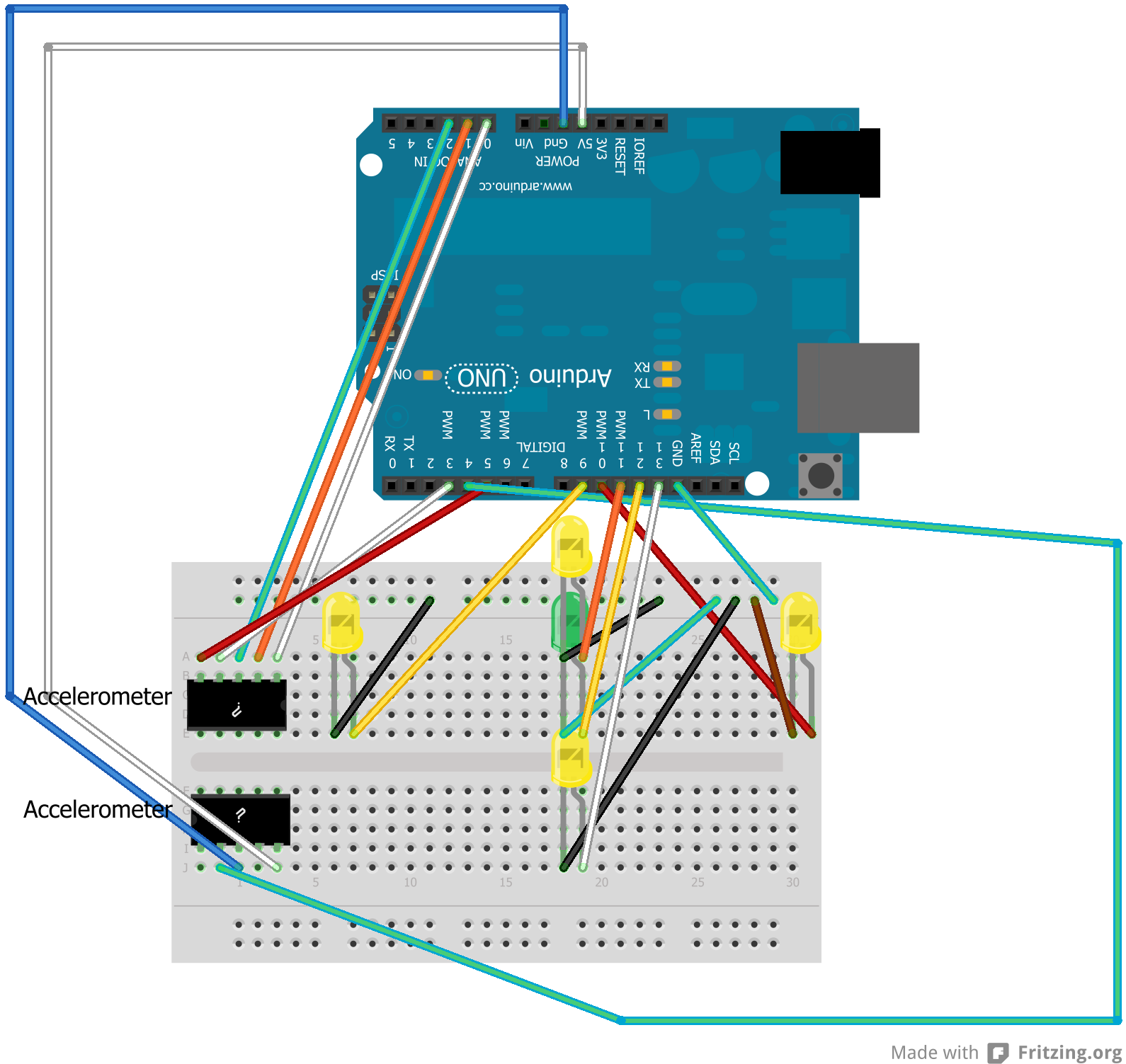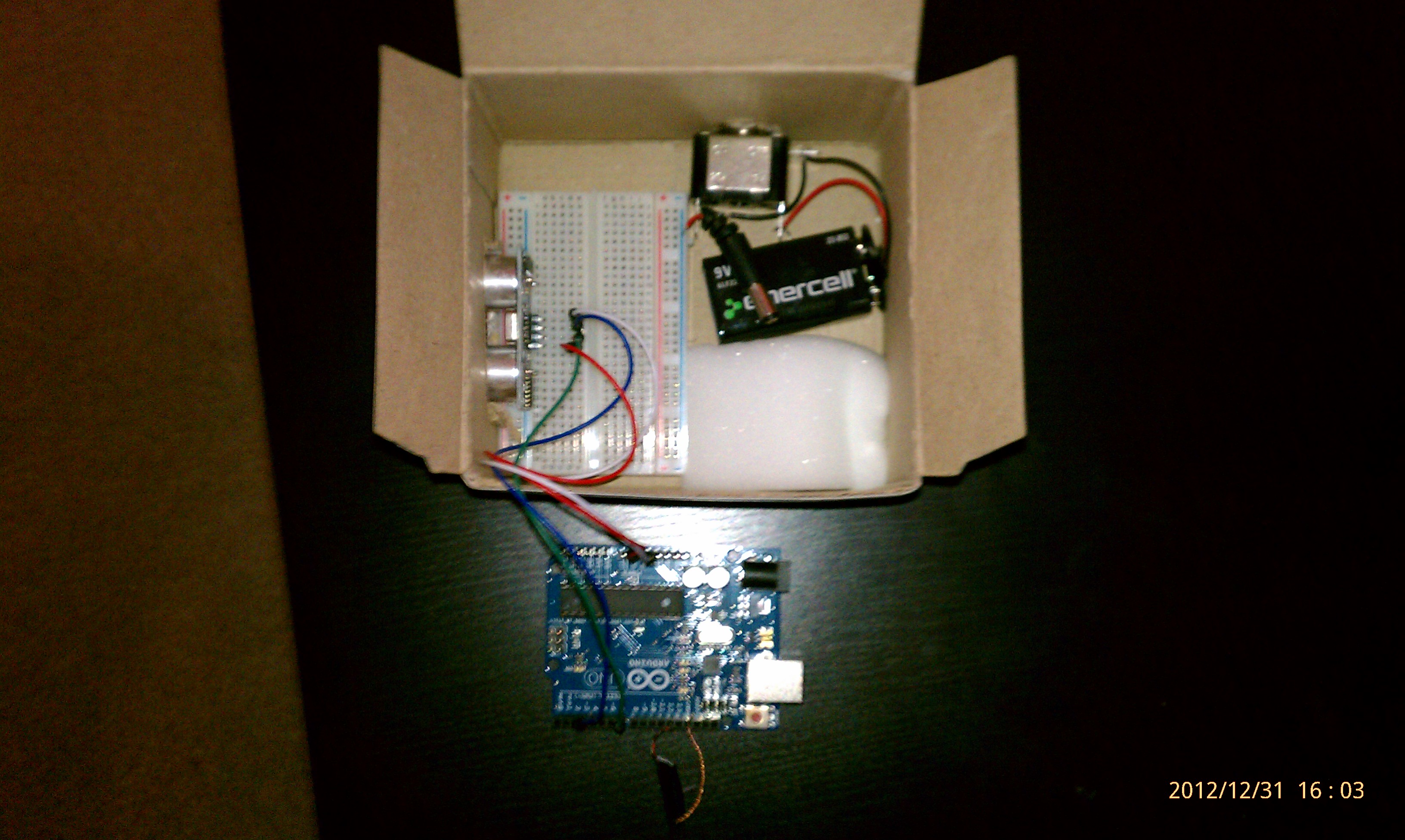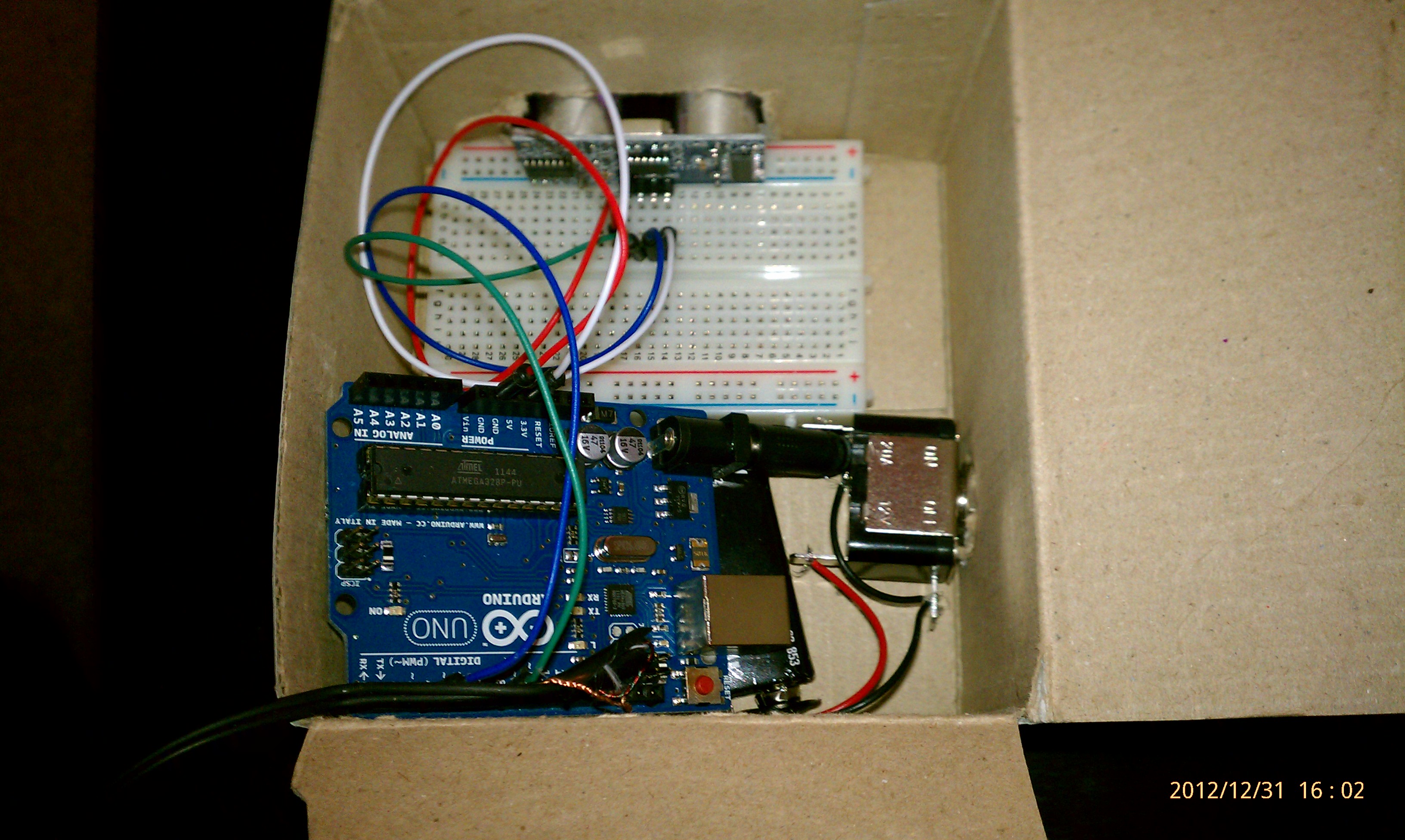Recent Posts
Arduino Project 3: Accelerometer Primer

January 21, 2013 - Categories: Electronics Projects,IT/Software Projects,How-to Guides
This project is more of a warm-up than a full-blown project. I wanted to get a feel for the basic workings of an accelerometer in preparation for a larger undertaking (no spoilers!). I borrowed this project idea from a forum about Arduino and accelerometers but can't remember which forum, so I can't credit back to the original poster - sorry about that.
Before we get to the how, let's take a look at the what. Basically we have an accelerometer and 5 LEDs mounted on a breadboard. Four of the LEDs are mounted to correspond with the X and Y accelerometer axes and one LED is in the middle. When the accelerometer is level, only the middle LED is illuminated. If you tilt the accelerometer to the side, the LED on that side is illuminated.
Bootable USB with UNetbootin
January 14, 2013 - Categories: How-to Guides,Utilities And Other Useful Things
OK, so you have a netbook or ultrabook with no optical drive. Or maybe your optical drive is dead. Or maybe you're smart enough to not use optical drives in general. Whatever the situation is, you want to run or install something from a bootable USB drive.
There are lots of solutions out there, but nothing beats the Universal Netboot Installer, or UNetbootin. UNetbootin has a simple GUI and never gives any grief. You can use your own ISO that you've downloaded or use one of the 42 ISOs UNetbootin provides, including BackTrack, CentOS, Ubuntu, as well as several rescue and recovery utilities.
Arduino Project 2: The Audible Eye Part 2

January 9, 2013 - Categories: Electronics Projects,How-to Guides
Alright, if you're following along from Part 1, you should have your headphones/speakers as well as your ultrasonic rangefinder wired up and operational. Next we have to write the code to marry these two devices.
The Code
Arduino Project 2: The Audible Eye Part 1

January 7, 2013 - Categories: Electronics Projects,How-to Guides
The Audible Eye is a short proof-of-concept project that I came up with while looking for ways to experiment with some new gear. The idea of combining an ultrasonic rangefinder and some sort of signaling audio output jumped out to me - it would give you a depth perception, not unlike echo location that bats and dolphins use. As far as practical use, I believe it could be used by the visually impaired as a complement to a white cane, but not as a replacement.
Basically, the tone/pitch of the audio signal would get higher as the operator moves closer to a wall or object, indicating to the operator that they are getting closer. Similarly, as the operator moves away from the wall the tone will drop until it's almost inaudible.
Let me provide some context to make this more clear. Let's imagine our operator is blindfolded. If the operator pointed the device down an empty hallway for example, they would hear almost no tone, telling them it's safe to walk forward. As they approached a wall, the tone would increase. The operator would then scan around them with the device, find another path that was unobstructed, and could continue walking.
This video is all but unwatchable (quality is IMPRESSIVELY bad), but it will at least give you an idea of how it works. And of course I disassembled the project before I realized the video was botched.
Monitoring Disks in RAID Array in Windows 7
December 5, 2012 - Categories: How-to Guides,Utilities And Other Useful Things
For many folks whose motherboards don't support RAID or just want a simple, easy to implement RAID solution, software RAID is often the best solution. In Windows 7, Microsoft finally got around to providing out-of-the-box software RAID capabilities (apparently you could do it in Windows XP, but not without some real leg work). Only problem is Microsoft didn't include a notification or alarm mechanism to deal with disk failures. The only notification is a passive entry in the Event Log, which is not obvious for basic users and not really convenient for anyone. This effectively defeats the purpose of RAID as a mechanism for data redundancy, as your disks could fail one by one until all of your data was unrecoverable, and you as the user wouldn't realize until it was too late.
